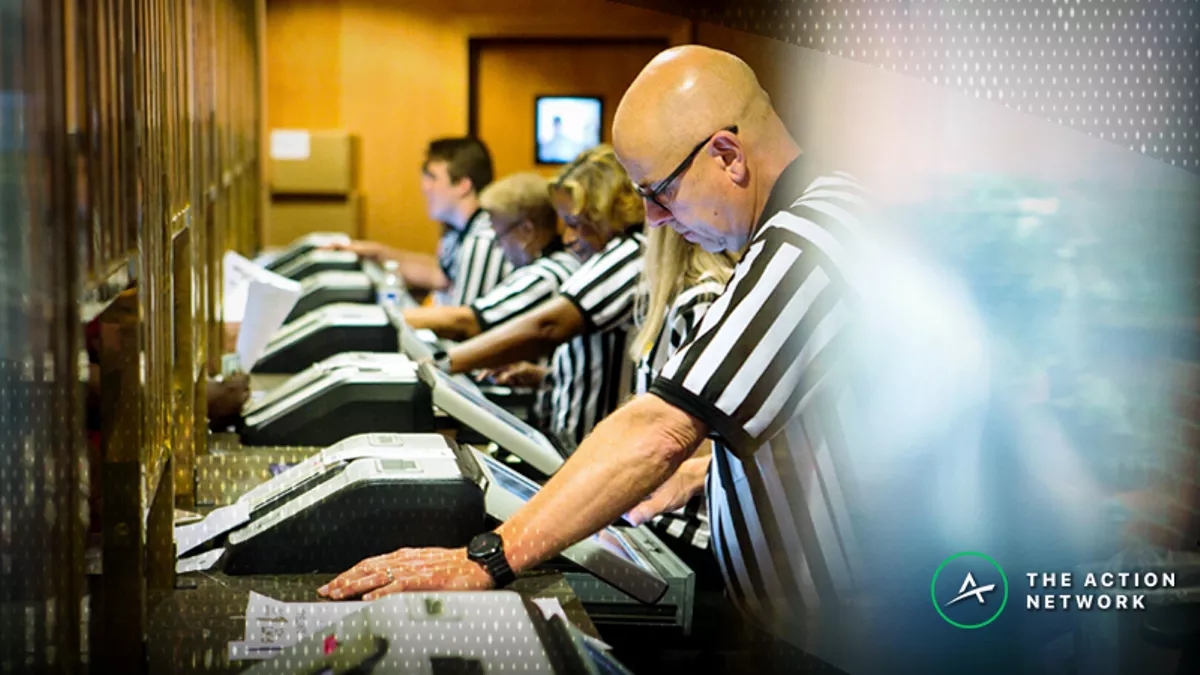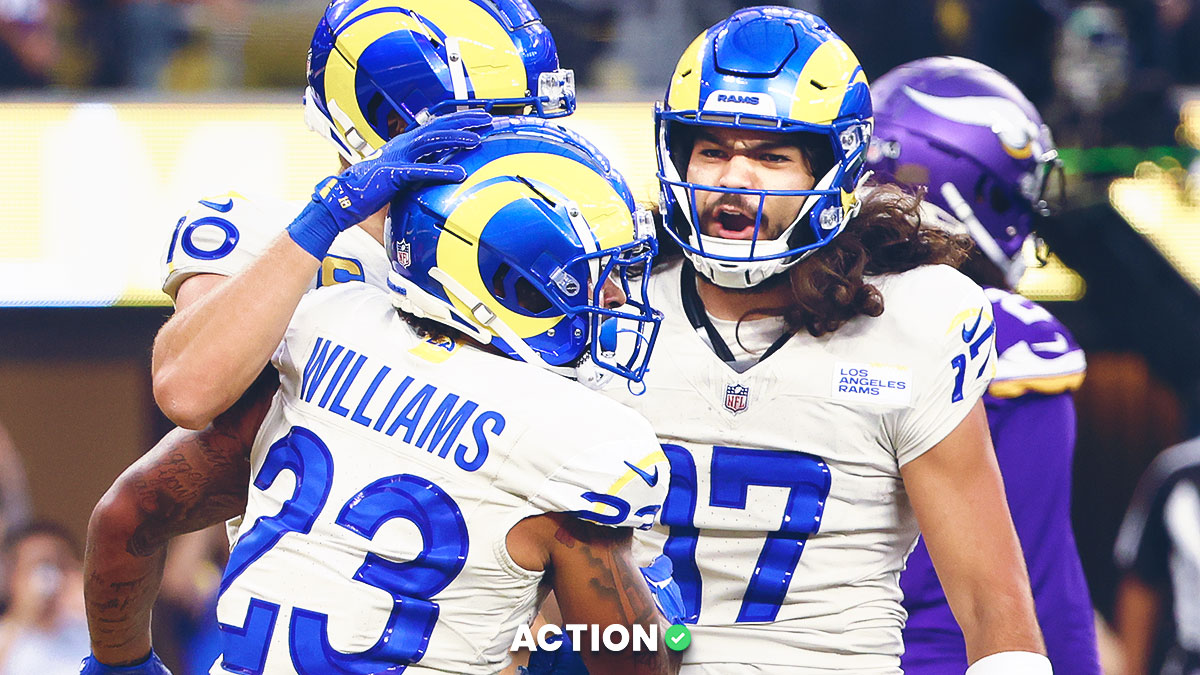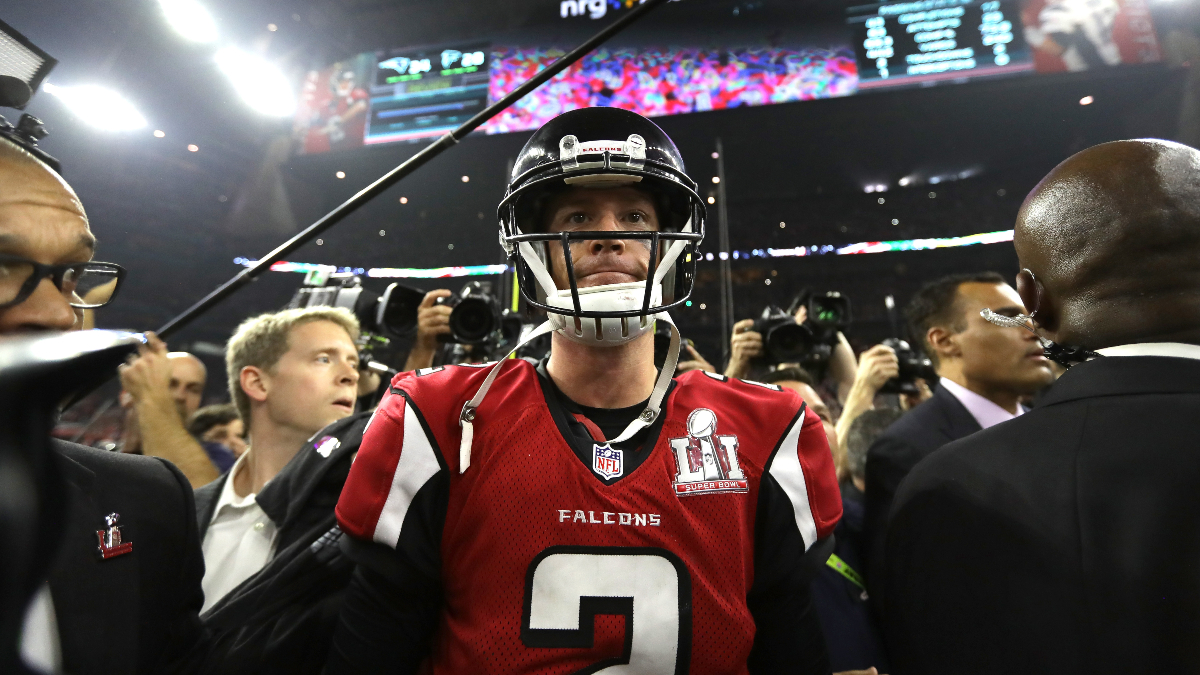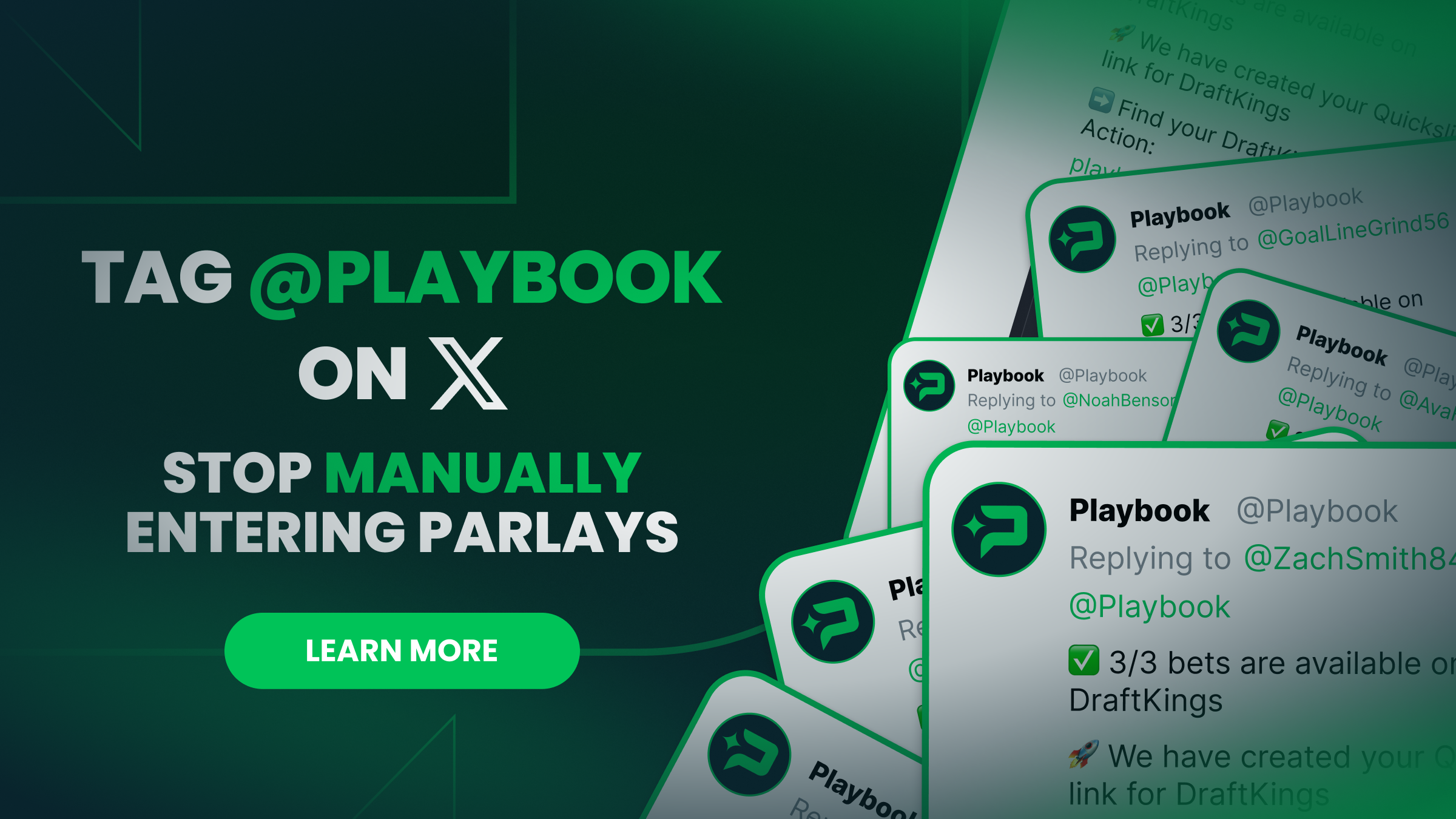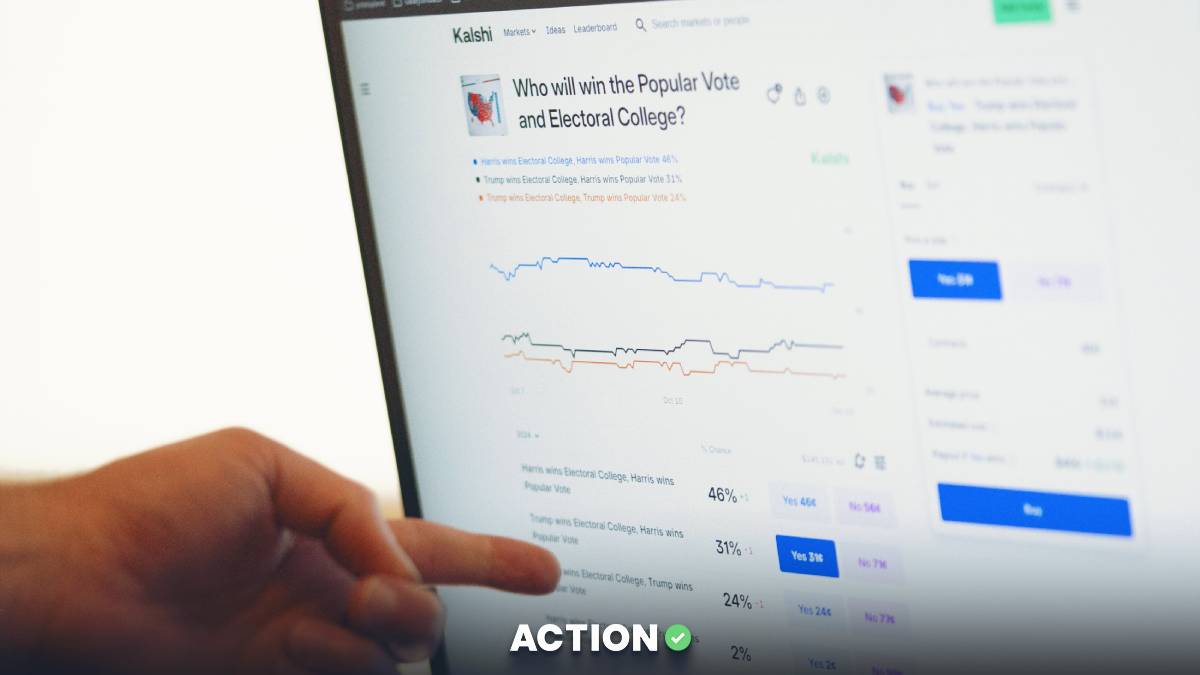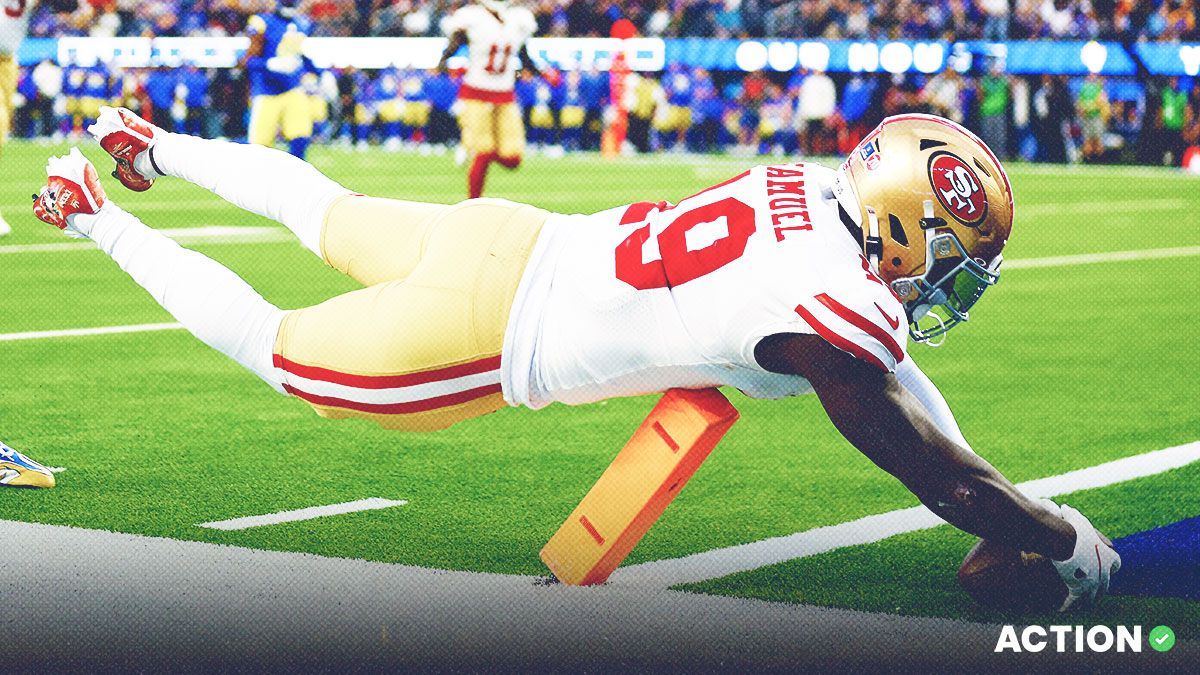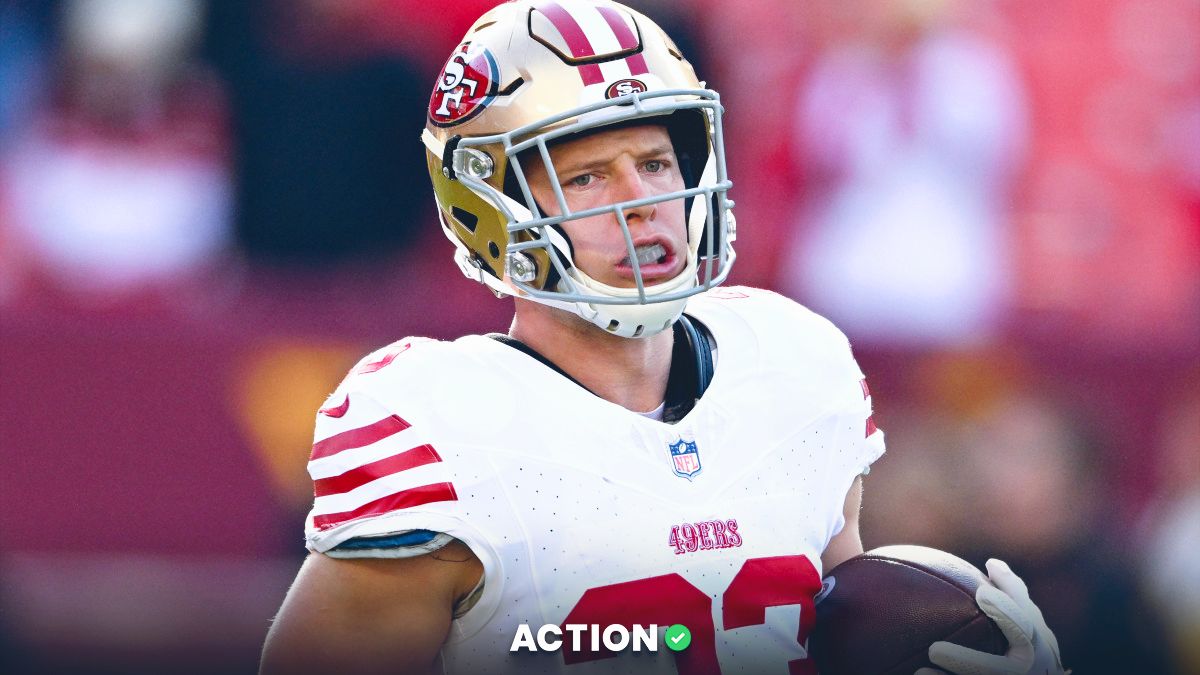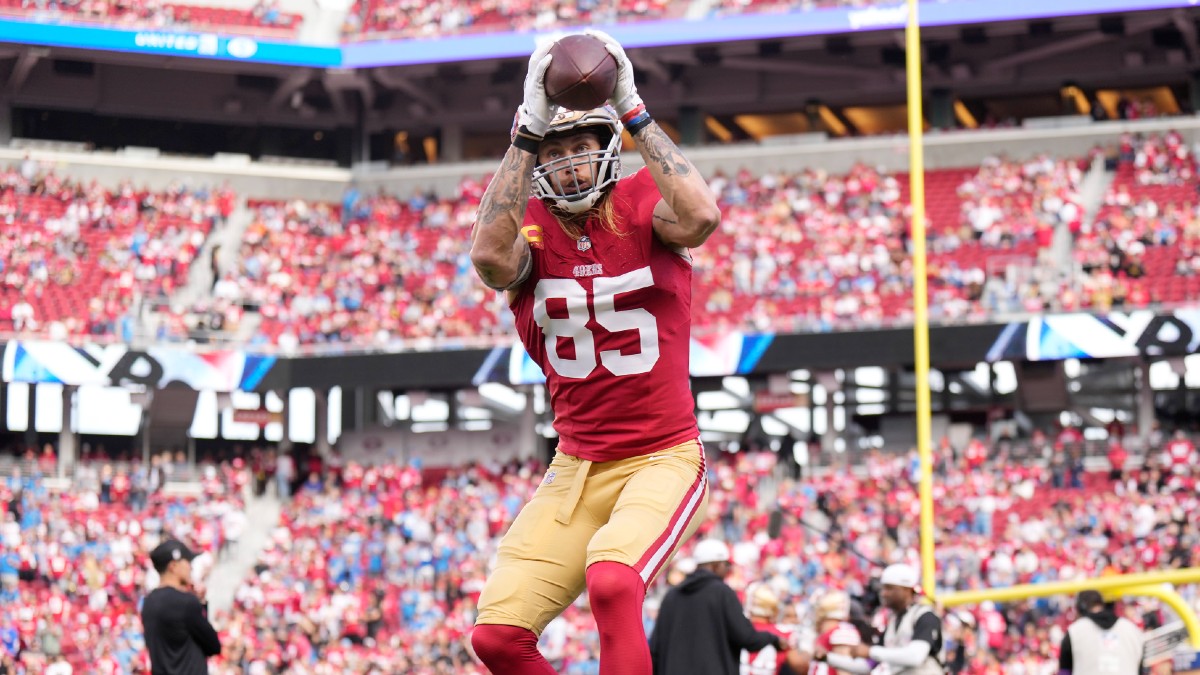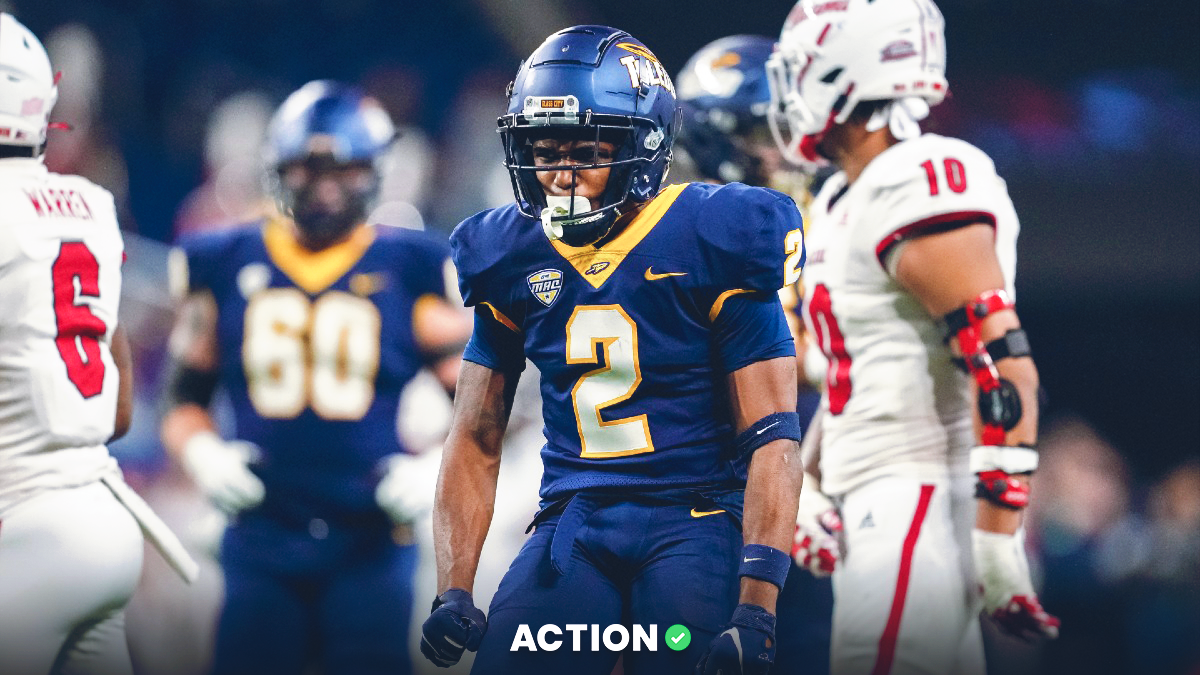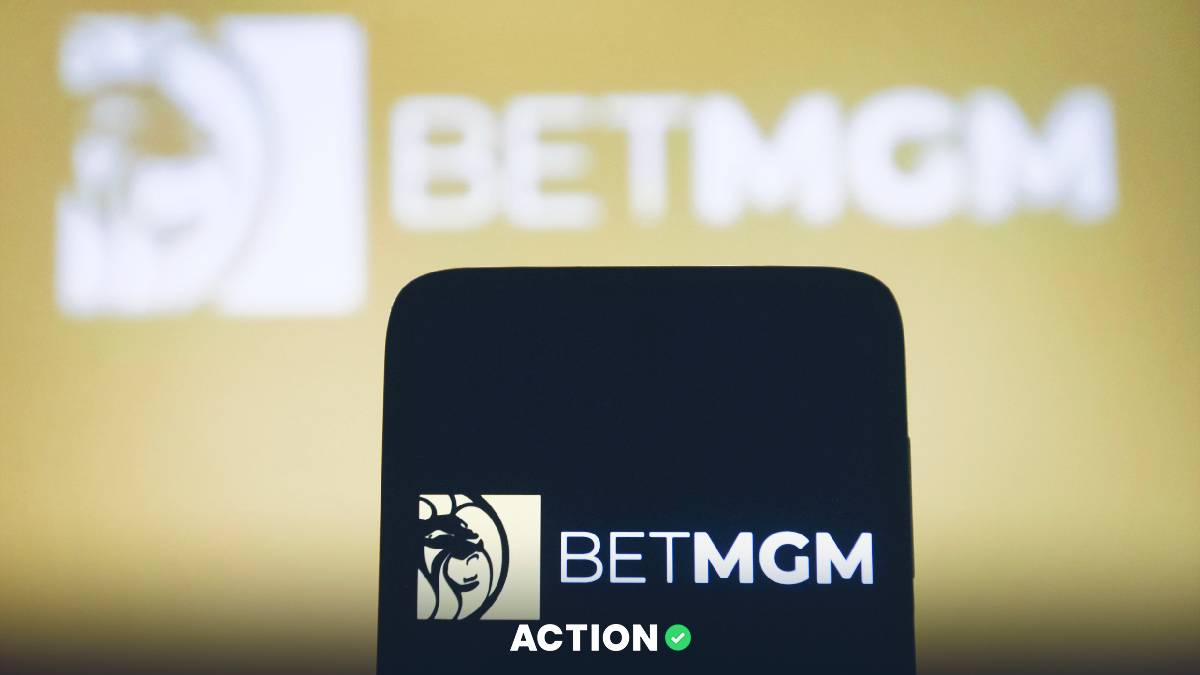In any sporting event — aside from those that are deemed perfectly even matchups — one team enters as the expected winner, or the favorite.
If a first-place team plays against a last-place team, for example, the expectation would probably be for the first-place team to win.
That brings us to one of the fundamental terms in sports betting.
What Is a Favorite?
In sports betting, the term "favorite" is most often used to describe the team expected to win a given game (the team expected to lose is referred to as the underdog).
More broadly, though, the favorite is the most likely outcome in a presented betting scenario. Here are some examples:
- The most (or more) likely team to win a game.
- The most likely horse to win a race.
- The most likely pitcher to win the Cy Young Award.
- The most likely movie to win Best Picture.
How Do You Know Who is the Favorite?
When reading American betting odds, the favorite is the team whose odds begin with a minus sign. This is true whether the odds are being listed as a spread or a moneyline.
What Is a Spread Favorite?
The "spread" is the difference between the two teams in play in terms of their expected points to be scored in the game. This allows bettors to make bets on how close a game will be, as opposed to simply betting on the winner and loser. The greater the spread, the bigger the favorite.
| Team | Spread |
|---|---|
| Rams | +3.5 (-110) |
| Seahawks | -3.5 (-110) |
In the case above, the Seahawks are seen as 3.5-point favorites over the Rams. That means that in order for a Seahawks bet to win, they'd need to beat the Rams by at least four points. If they were to win by three or fewer (or lose), those bettors would lose their money.
You'll notice that both spreads are listed in front of a minus number (-110). That number is simply to denote the vig (tax) taken by the sportsbook. In other words, regardless of which spread you choose to take, you'll have to risk $110 to win $100 (or $11 to win $10, etc.).
In some cases, though, the teams will be seen as even matches, and the spread will be zero points (called a pick'em). In such a game, assuming the vig is once again -110 on each side, there is no favorite. If one team's vig was higher, however (-115 vs. -105, for example), that team would be considered a very slight favorite, as that would mean it would take a $115 bet to win $100, as opposed to just $105 for the other side.
What Is a Moneyline Favorite?
Reading moneyline odds is very similar to reading the vig, with the only difference being the numbers can be far more distant from even. In moneyline sports (baseball and hockey are the main ones), you're betting on which team will simply win the game, rather than the expected margin of victory.
| Team | Moneyline |
|---|---|
| Dodgers | -270 |
| Giants | +230 |
In the matchup above, the -270 indicates that the Dodgers are the favorite in the game, and that it would take a bet of $270 to win $100. So in this case, LA is a pretty heavy favorite.
Sometimes you'll come across games in which both teams will have a minus sign (-115 vs. -105, for example). In such a game, just like in the pick'em example above, the team listed with a larger number (-115) is considered the slight favorite.
How Often Do Favorites Win?
If the answer to this question were a simple yes or no, there'd be a whole lot more rich people out there.
While it's true that favorites win more games than underdogs, that doesn't mean you'll win more money by betting on them. Thanks to spreads and moneylines, the difference between favorites and underdogs is nullified from a betting perspective.
In fact, betting on every NFL spread favorite since 2003 would have resulted in an overall record of 2169-2224-135 (49.3%) against the spread.
And while betting every single MLB moneyline favorite since 2005 would generate a winning record (21231-15683, to be exact), the worse payouts from betting favorites means that you'd be down more than 700 units (over $70,000 if you'd bet $100 on each game).
Can There Be a Plus-Money Favorite?
In bets in which there are more than two options (so, not simply one team vs. another), there can certainly be a plus-money favorite. Futures are a great example of this, as are three-way lines in soccer, where a draw is one option.
Heading into the 2020 NFL season, for example, the Chiefs are listed at +500 to win the Super Bowl. Obviously, that's not a negative number, but it is the smallest on the board, meaning the Chiefs have the shortest odds to win the Super Bowl.
In other words, they are the most likely winners — the Super Bowl favorites.




